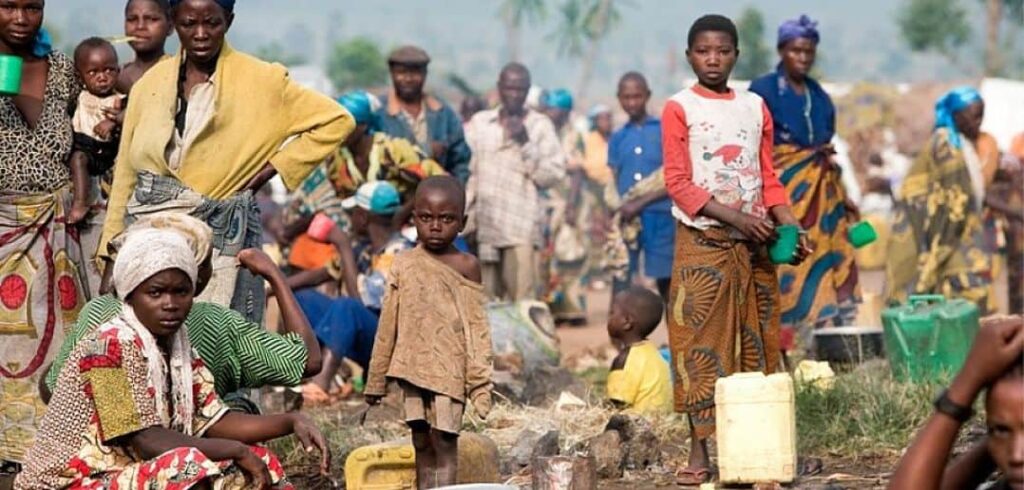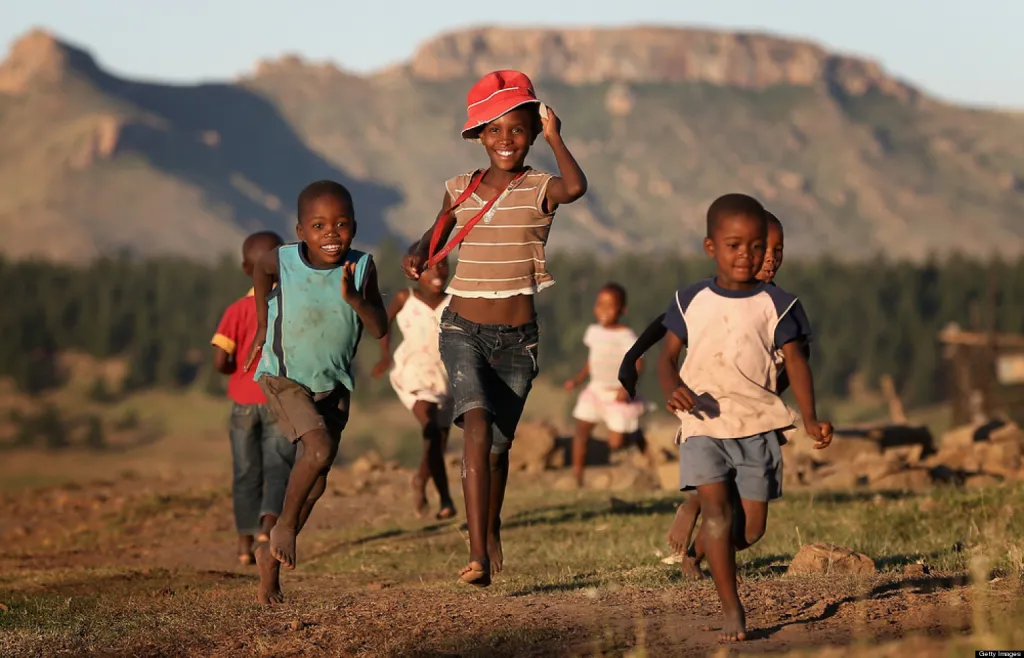At a Glance
- Conflict, corruption, and weak institutions deepen poverty in Africa’s most economically vulnerable nations.
- GDP per capita remains low despite abundant resources in countries like Nigeria and the DRC.
- Development efforts aim to boost education, healthcare, and economic reform in these fragile economies.
Africa is a continent of contrasts—rich in natural resources and cultural heritage, yet home to some of the poorest nations globally when measured by GDP per capita.
Many African countries continue to face severe economic challenges rooted in historical, political, and structural issues.
High levels of poverty, inequality, and limited access to quality education and healthcare continue to hinder progress, affecting millions of lives daily.
Several factors contribute to these economic hardships. Ongoing conflicts and civil unrest in countries like South Sudan and the Central African Republic have decimated infrastructure and disrupted economic activities.
Corruption, weak governance, and a lack of institutional transparency exacerbate these issues, stifling growth and deterring both domestic and foreign investment.
In many cases, economies are overly reliant on a narrow range of exports—such as oil, gold, or agriculture—leaving them vulnerable to commodity price shocks and climate variability.

From subsistence farming in Burundi to mining in the DRC and limited service economies in Chad, the resilience of these nations remains strong.
Shore Africa highlights the need for deep reforms, inclusive growth, and global cooperation to unlock economic opportunity in the world’s most vulnerable nations.
1. South Sudan – $300
Estimated population: 12.19 million
South Sudan remains the world’s poorest country in 2025. Years of civil war, poor infrastructure, and limited access to education and healthcare have devastated its economy. Despite oil reserves, corruption and instability hinder development.
2. Burundi – $500
Estimated population: 14.05 million
Location: East Africa
Burundi struggles with poverty due to political unrest, low industrial activity, and reliance on subsistence farming. Limited investment and weak governance exacerbate its economic challenges, keeping per capita income low.
3. Central African Republic – $500
Estimated population: 5.33 million
Years of armed conflict and instability have left the Central African Republic among the poorest globally. Agriculture is the main economic activity, but insecurity and displacement limit productivity and growth.
4. Malawi – $600
Estimated population: 21.66 million
Malawi’s economy is agriculture-based but highly vulnerable to climate change and poor infrastructure. Limited industrialization and population pressure keep incomes low despite international development efforts.
5. Madagascar – $600
Estimated population: 31.2 million
Though rich in biodiversity and minerals, Madagascar remains poor due to weak governance, political instability, and underdeveloped infrastructure. Cyclones and environmental degradation further threaten livelihoods.
6. Sudan – $600
Estimated population: 50.04 million
Following the secession of South Sudan and multiple internal conflicts, Sudan’s economy has been severely weakened. Sanctions, inflation, and currency instability have reduced real income levels.
7. Mozambique – $700
Estimated population: 33.64 million
Mozambique has natural gas reserves, but armed conflict in the north, high debt, and poor infrastructure hinder economic benefits for its citizens. Most people rely on agriculture for survival.
8. Democratic Republic of Congo – $700
Estimated population: 109.3 million
Despite vast mineral wealth, decades of war, poor governance, and weak institutions have left the DRC with a low GDP per capita. Exploitation and corruption deter equitable growth.
9. Niger – $800
Estimated population: 26.16 million
Landlocked Niger faces severe desertification, food insecurity, and a fast-growing population. Its economy relies heavily on agriculture and uranium exports, but poverty levels remain stubbornly high.
10. Somalia – $800
Estimated population: 18.36 million
Ongoing conflict, absence of a strong central government, and terror threats have made development difficult in Somalia. Its informal economy and remittance dependence reflect persistent instability.
11. Nigeria – $800
Estimated population: 230 million
Despite being Africa’s largest economy by size, Nigeria has a low GDP per capita due to income inequality, oil dependency, corruption, and security crises affecting multiple regions.
12. Liberia – $900
Estimated population: 5.61 million
Liberia’s post-civil war recovery has been slow. Infrastructure gaps, unemployment, and low productivity persist, despite donor support. Ebola outbreaks and poor governance also hinder economic revival.
13. Sierra Leone – $900
Estimated population: 8.64 million
Sierra Leone suffers from post-conflict challenges, a weak health system, and limited industrial capacity. The Ebola crisis and inflation have further impacted living standards and development.
14. Mali – $900
Estimated population: 23.77 million
Mali’s economy depends on agriculture and gold exports, but terrorism, coups, and insecurity in the north significantly limit growth and poverty reduction efforts.
15. The Gambia – $1,000
Estimated population: 2.76 million
The Gambia is a small economy reliant on tourism, remittances, and agriculture. Political transition and climate challenges weigh on development. Youth unemployment remains high.
16. Chad – $1,000
Estimated population: 19.32 million
Chad, heavily reliant on oil, faces widespread poverty due to governance challenges, insecurity, and weak public services. Food insecurity and climate change also threaten its economy.
17. Rwanda – $1,000
Estimated population: 14.26 million
Rwanda has shown progress in governance and infrastructure, but its per capita income remains low. The economy depends on agriculture and tourism, but rural poverty is still widespread.
18. Togo – $1,100
Estimated population:9.52 million
Togo has implemented reforms and improved infrastructure, yet GDP per capita stays low. The informal sector dominates employment, and poverty persists, especially in rural areas.
19. Ethiopia – $1,100
Estimated population: 132.1 million
Ethiopia has achieved rapid GDP growth in recent years, but income per capita remains low due to population size, political unrest, and a largely agrarian economy.
20. Lesotho – $1,100
Estimated population: 2.34 million
Lesotho’s economy depends on South Africa, textile exports, and remittances. High unemployment and HIV/AIDS prevalence hinder productivity and development, keeping GDP per capita modest.















